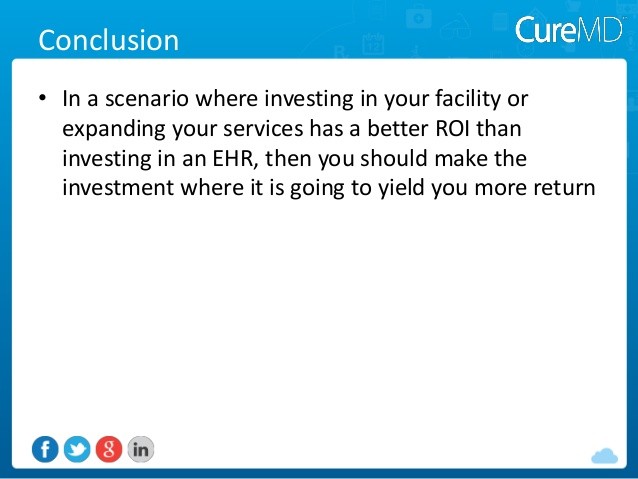Opportunity Cost And Your Investments
Post on: 2 Июль, 2015 No Comment

You can opt-out at any time.
Please refer to our privacy policy for contact information.
In the investment world, “opportunity cost” is the cost of choosing one option over another. Opportunity costs are invisible on your personal balance sheet, but they are a very real consideration when making investment decisions.
First, let’s consider an example. At the beginning of the year, you receive a bonus and decide to invest it. After researching the choices, you decide to invest in high yield bonds. High yield has a decent year, returning 8%, but U.S. Treasuries have an even better year, returning 20%. That 12% difference would be your opportunity cost.
In real life, opportunity cost is a difficult concept to pin down. Since there are literally thousands of investment choices you can make, there will always be something that you could have invested in that would have provided a higher return than the investment you picked. The best course, then, is to focus on finding investments that fit your long-term goals rather than trying to minimize opportunity costs.
Having said this, there are some real-world applications of the opportunity cost concept that investors can put to work.

The Bottom Line
Opportunity cost should never be a prime consideration because it can lead you to take on more risk than you should in an effort to get the highest possible return. At the same time, however, it’s an important concept to keep in mind in order to ensure that you are getting the most bang for your investment buck.














